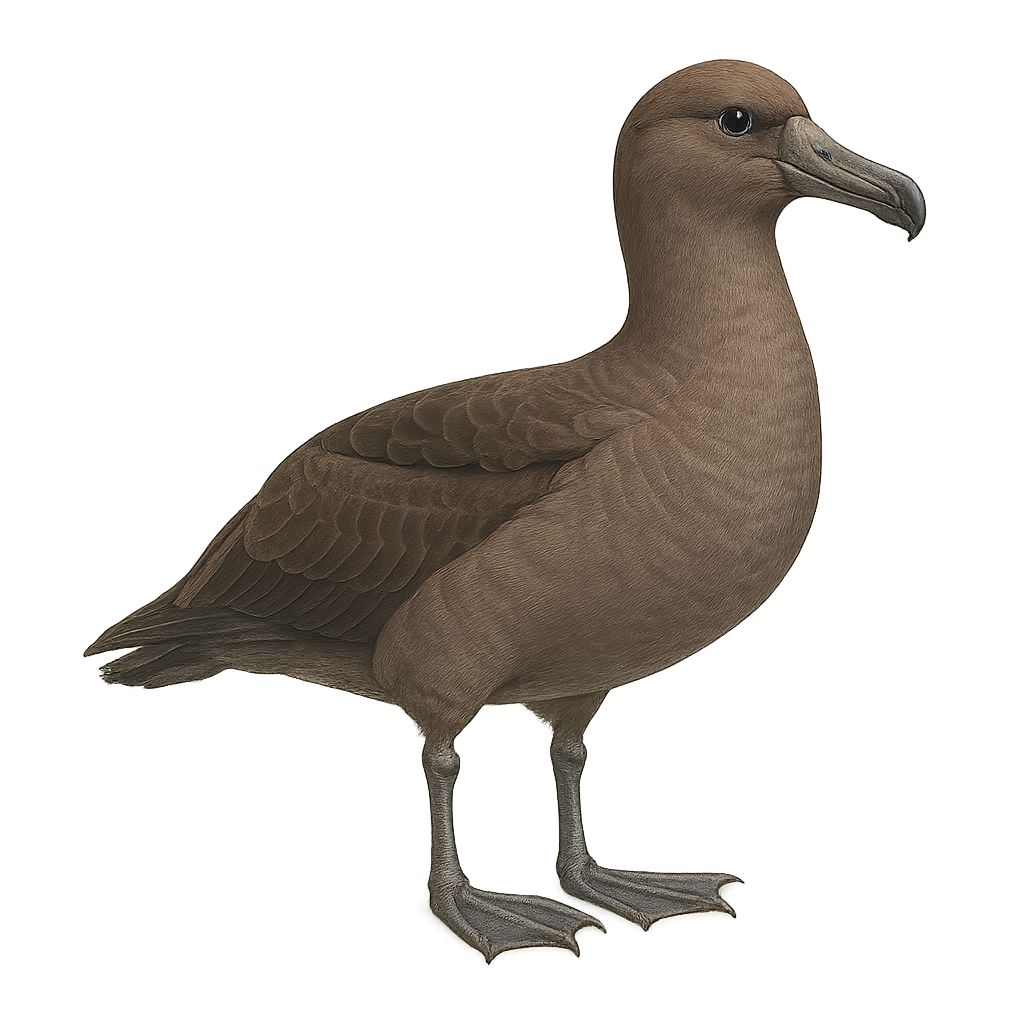Your wildlife photography guide.
Explore the black-footed albatross in detail, study its behavior, prepare your shots.
Where to observe and photograph the black-footed albatross in the wild
Learn where and when to spot the black-footed albatross in the wild, how to identify the species based on distinctive features, and what natural environments it inhabits. The WildlifePhotographer app offers tailored photography tips that reflect the black-footed albatross’s behavior, helping you capture better wildlife images. Explore the full species profile for key information including description, habitat, active periods, and approach techniques.
Black-footed Albatross
Scientific name: Phoebastria nigripes

IUCN Status: Near Threatened
Family: DIOMEDEIDAE
Group: Birds
Sensitivity to human approach: Suspicious
Minimum approach distance: 10 m
Courtship display: October to November
Incubation: 62-64 jours
Hatchings: December to January
Habitat:
Ocean, islands, coasts
Activity period :
Primarily active during the day, with peak activity in the morning and late afternoon.
Identification and description:
The Black-footed Albatross, Phoebastria nigripes, is a large seabird belonging to the Diomedeidae family. It is distinguished by its dark plumage, almost entirely black except for some white feathers around the beak and eyes. Its beak is strong and hooked, ideal for catching marine prey. This albatross is primarily found in the North Pacific, where it feeds on fish, squid, and crustaceans. Known for its long gliding flights over the ocean, it uses air currents to travel great distances with minimal effort. The species is monogamous, forming lasting pairs that return annually to the same nesting sites.
Recommended lens:
400 mm – adjust based on distance, desired framing (portrait or habitat), and approach conditions.
Photography tips:
To photograph the Black-footed Albatross, it is advisable to use a telephoto lens of at least 400mm to capture detailed images without disturbing the bird. The best photography opportunities often occur during its gliding flights over the ocean. Look for days with clear skies to benefit from good natural light. If you're on a boat, try to stabilize your camera to avoid motion blur. Be patient and wait for the bird to come close enough to capture spectacular shots.
The WildlifePhotographer App is coming soon!
Be the first to explore the best nature spots, track rutting seasons, log your observations, and observe more wildlife.
Already 1 439 wildlife lovers subscribed worldwide

